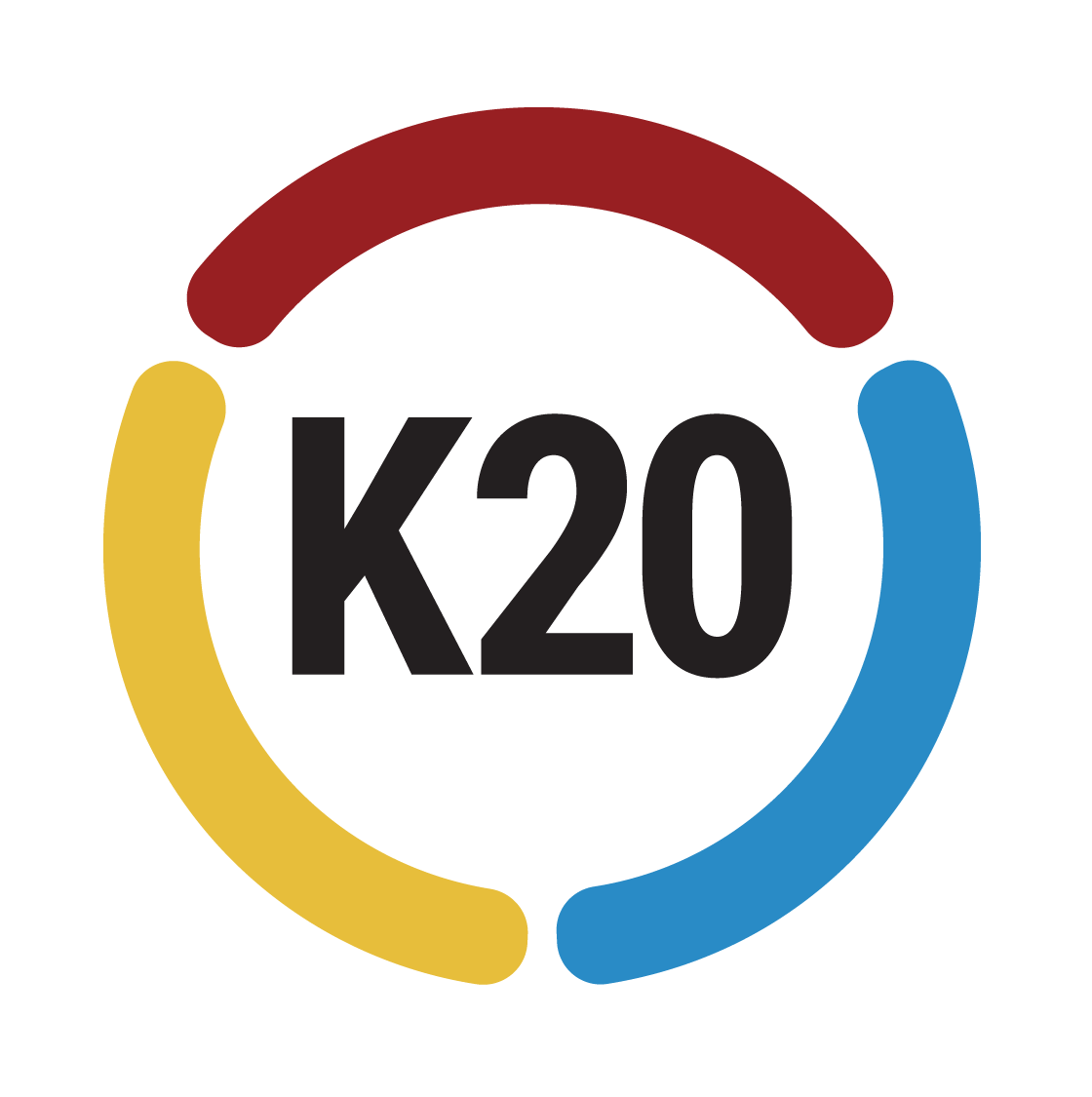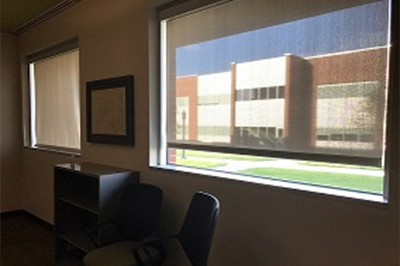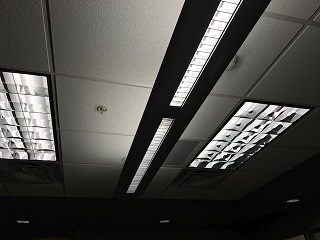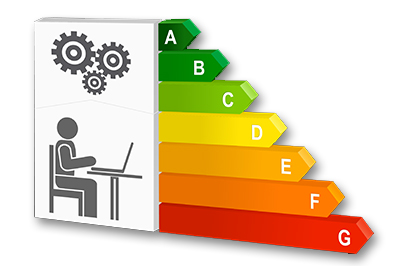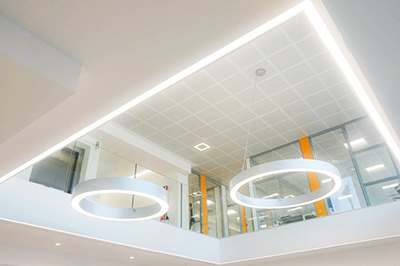Sustainability & Lighting
Sustainability & Lighting
Sustainability & Source of Lighting (S.SL)
From the supporting literature (linked above), there are benefits of:
1. Shades, adjustable blinds, high- efficiency electric lighting, lighting fixtures, and day lighting on designing sustainable school buildings.
2. LED and fluorescent lighting on energy performance.
Sustainability & Quality of Light (S.QL)
Quality lighting environment within the context of sustainability.
From the supporting literature (linked), using
1. Layered lighting strategies, interdisciplinary collaboration and professional practices
and,
2. Designing quality lighting environment, Using LED lighting fixtures
are suggested.
Lighting & Energy Performance (S.L.EP)
Improving school buildings energy usage through lighting practices.
From the supporting literature (linked),
1. Upgrading building facilities to green standards increases building energy performancews.
2. The benefit of using day light/ natural light
3. Installing larger windows in common areas
4. Installing smaller solar panels inside a building collect light and convert it into energy to keep classrooms lighted during evening hours.
5. Energy-efficient bulbs are being installed in more classrooms to reduce utility bills as well as display an institution’s pledge to sustainability.
Lighting & Healthy Learning Environment
Providing lighting and healthy learning environment to improve student physical and mental well-being.
From the supporting literature (linked), by providing many LEED criteria in school buildings, a healthier learning environment can be provided.
References
1. Abdelatia, B., Marenne, C., & Semidor, C. (2010). Daylighting strategy for sustainable schools: case study of prototype classrooms in Libya. Journal of Sustainable Development, 3(3), 60.
2. Afkhamiaghda, M., Keesee, M., & Holiday, L. Unintentional Sustainability in Schools—A Case Study of a Newly Built School’s Accordance with the LEED Rating System. In AEI 2017 (pp. 1078-1090).
3. Boemi, S. N., Irulegi, O., & Santamouris, M. (2016). Energy Performance of Buildings. N. Boemi, O. Irulegi, M. Santamouris.–Cham: Springer.
4. Danis, J., & Thurnquist, A. (2011). Lighting Demands in Green Schools. American School & University, 83(9), 36-39.
5. Ford, A. (2007). Designing the sustainable school. Images Publishing.
6. Oetinger, J. W. (2010). Green schools: Constructing and renovating school facilities with the concept of sustainability (Doctoral dissertation, Lindenwood University).
7. Olson, S. L., & Arny, M. (2003). The Energy Savings and Emission Reduction Benefits Delivered by Johnson Controls and Its Customers In the State of Wisconsin. Leonardo, 2.
8. Tanner, C. K. (2014). Green School Characteristics, Sustainability, and Student Learning. Marketing the Green School: Form, Function, and the Future: Form, Function, and the Future, 25.
9. Vahl, F. P., Campos, L. M., & Casarotto Filho, N. (2013). Sustainability constraints in techno-economic analysis of general lighting retrofits. Energy and Buildings, 67, 500-507.
10. Winchip, S. M. (2017). Fundamentals of lighting. Bloomsbury Publishing USA.
